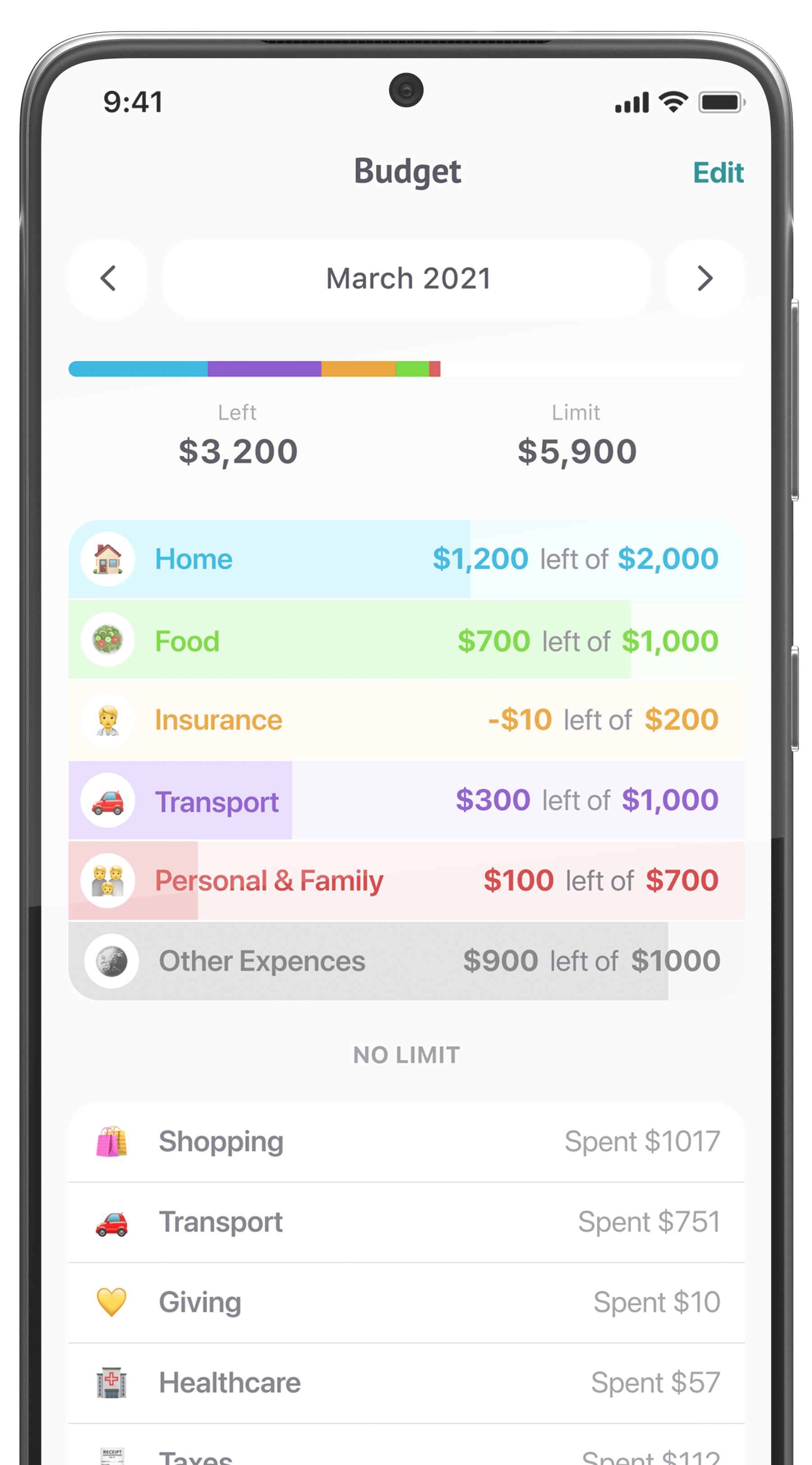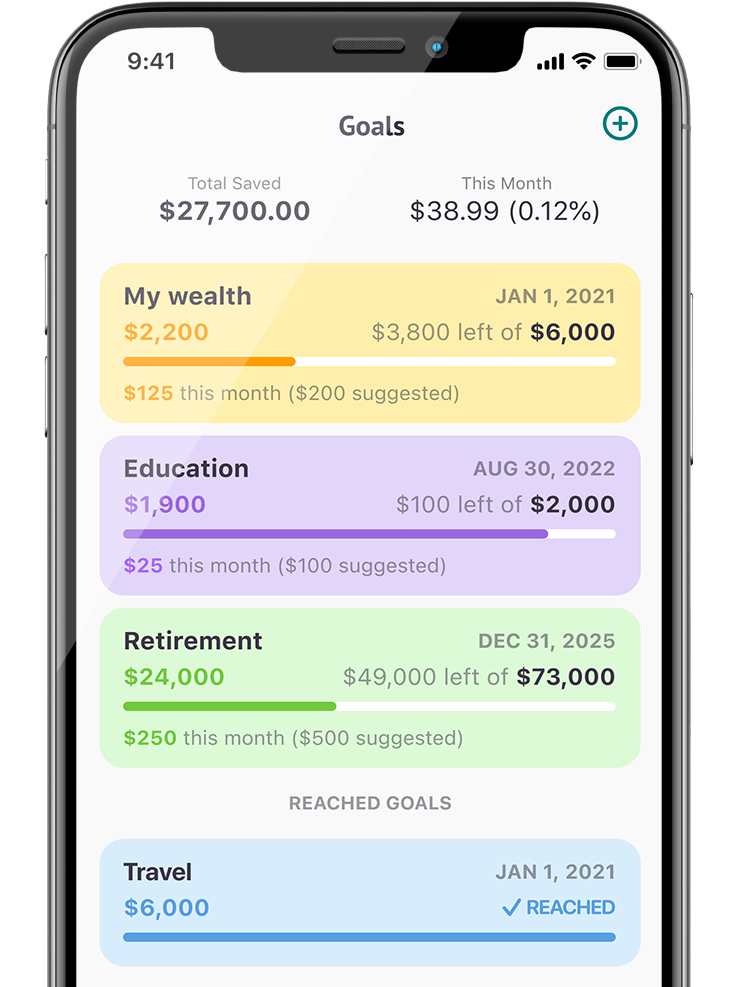For anyone who loves to explore the world, travel credit cards are a dream come true. Travel credit cards allow you to earn cash or points (also called “miles”), just by using the card for your regular expenses. The rewards you earn can then be redeemed for free flights, hotels, or other travel-related expenses.
That’s the short version, but travel credit cards have a lot more to them than that! Let’s dive into the world of points, categories, bonuses, and perks. After reading this article, you can ask FINMATEX about travel credit cards to choose the best option for yourself!

Note: credit cards can have fees associated with them. To learn more about fee types, check out our article here.
Types of Travel Credit Cards & Rewards
The type of rewards you receive from a credit card depends on what category the card falls into. Here are the three basic types of cards you will encounter, examples of each, and how each type is used to earn and redeem travel rewards.
1. General Travel Credit Cards
With a general card, you earn straight cash-value rewards that can be used to “erase” travel purchases (or sometimes any purchase).
If you like this idea, Capital One has a “travel purchase eraser” option for some of its cards, where you can redeem your accumulated points toward eligible travel-related purchases on your statement. Or, you could opt for a simple cash-back card that isn’t specifically intended for travel—like the Citi Double Cash, a free card that rewards you with 1% cash back when you make a purchase and another 1% when you pay it off. You apply that cash back to your full statement, not against individual purchases.
2. Branded Loyalty Credit Cards
With a loyalty card, you earn points for the rewards program of a specific brand, usually an airline or hotel. Some rewards programs call them “miles” and others say “points,” but they’re different terms for the same thing.
For instance, if you love to stay at Marriott hotels, you can use the Marriott Rewards Premier Plus Credit Card to earn points toward free stays at Marriott hotels.
Or, if you often fly with American Airlines, you could apply for one of their loyalty cards to earn AAdvantage points for flights on that airline.
Most large airlines and hotel chains have a loyalty program like these, so if you have a preference for a certain hotel or airline, it’s usually as simple as checking their website to learn the details on the cards they offer.
3. Transferable Points Cards
This last card type falls somewhere in the middle, making it a smart option for people who want flexible travel booking choices. With these cards, you earn points that you can then either (A) redeem as a statement credit, or (B) book travel with directly, or (C) transfer to partner rewards programs.
Chase is well-known for their valuable partner-transfer program, particularly with their Sapphire products. Notably, the Chase Sapphire Reserve (or CSR) is a premium card that many consider to be one of the best cards out there for frequent travelers. It comes with a 1:1 partner points transfer feature, meaning that 1,000 CSR points can also be 1,000 JetBlue points, or Southwest points, or Hyatt hotel points, and so on with the rest of their partners. Alternatively, you can book elsewhere directly through the Chase portal. This gives you a ton of flexibility when you’re ready to redeem rewards points but don’t want to be restricted to a certain hotel or airline.
With all three types of credit cards, you can earn their rewards simply by using the cards to pay for everyday purchases such as, groceries, gas, restaurants, and even medical bills.
Some credit cards will also give you extra points for making purchases in certain categories. For instance, the Capital One Venture currently gives you 10x points for purchases on Hotels.com. The Wells Fargo Propel card gives you 3x points on restaurants, gas stations, streaming services, and travel-related purchases.
If a travel credit card offers any special spending categories like this, they’ll feature that benefit on their application page along with the card’s other rewards.

The Value of Sign-Up Bonuses
With many cards, you can get a large amount of value right at the beginning. Credit card companies commonly offer sign-up bonuses for various cards as an incentive to become a member. You’ll have to spend a certain amount to earn the bonus, usually within the first 3 months you have the card. The bonuses can be worth anywhere from $100 to $600, depending on requirements.
For example, here are a few travel card sign-up bonuses available at time of writing (January 2019):
- The Bank of America Travel Rewards credit card offers 25,000 bonus points (worth $250 in travel) once you spend $1,000 in your first 90 days.
- The AAdvantage Aviator Red World Elite Mastercard gives you 50,000 bonus miles (usable for American Airlines flights) once you pay the annual fee and make any other purchase.
- The Chase Sapphire Preferred offers 50,000 points (worth approx. $625 in travel) once you spend $4,000 in your first 90 days.
As you can see, sign-up bonuses offer a great way to earn free travel quickly.
Some people, known as “churners,” like to sign up for a card and use it until they’ve earned the bonus, and then cancel the card before repeating the cycle with another card for a new bonus. This can be quite profitable if you’re organized enough to keep track of it all and don’t mind the process of applying, qualifying, and canceling. However, be aware that closing credit cards can negatively impact your credit score, so proceed with caution.

Source: images.google.com
Other Common Travel Credit Card Perks
Some credit cards are valuable for more than just the points or cash back they offer. Let’s look at a couple travel-specific perks that might tip the scales for you.
Travel and Rental Insurance
One of the most compelling reasons to book travel with a good credit card is the built-in insurance that many of them offer. With some credit card insurance, you can be covered for travel emergencies, medical expense, rental cars, etc. Some will even reimburse you for trip interruption or baggage delays.
Airport Lounge Access
Frequent travelers will love this perk. Some premium travel cards come with Priority Pass as a perk, which grants you access to airport lounges around the world. It certainly makes layovers a lot more comfortable.
Roadside Assistance
If you’re having car trouble, some credit cards (CSR, some Amex cards, and others) have roadside assistance to help you out with flat tires, jumpstarts, fuel delivery, or towing if the issue is more serious. Usually, charges up to $50 are covered by the card. Some only extend this benefit while you’re traveling, while others cover you at home too.
No Foreign Transaction Fees
This perk is necessary for anyone who plans to use their credit card internationally. Luckily, many cards include this benefit, including the popular Chase Sapphire Preferred and other cards mentioned in this article, plus no-annual-fee cards like the Capital One VentureOne.
Travel credit cards are an excellent way to make travel more affordable, and they’re simple to use once you get the hang of it. Just use them wisely by paying off your full statement each month to avoid interest charges, and you’ll be all set to enjoy your trip.
To choose the best travel card for your own needs, start by asking FINMATEX. Simply add it to your Facebook Messenger contact list and start chatting!














